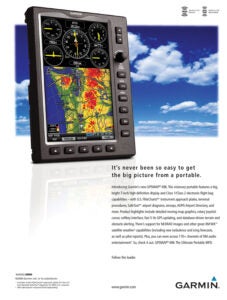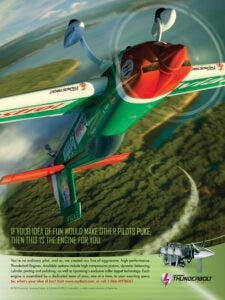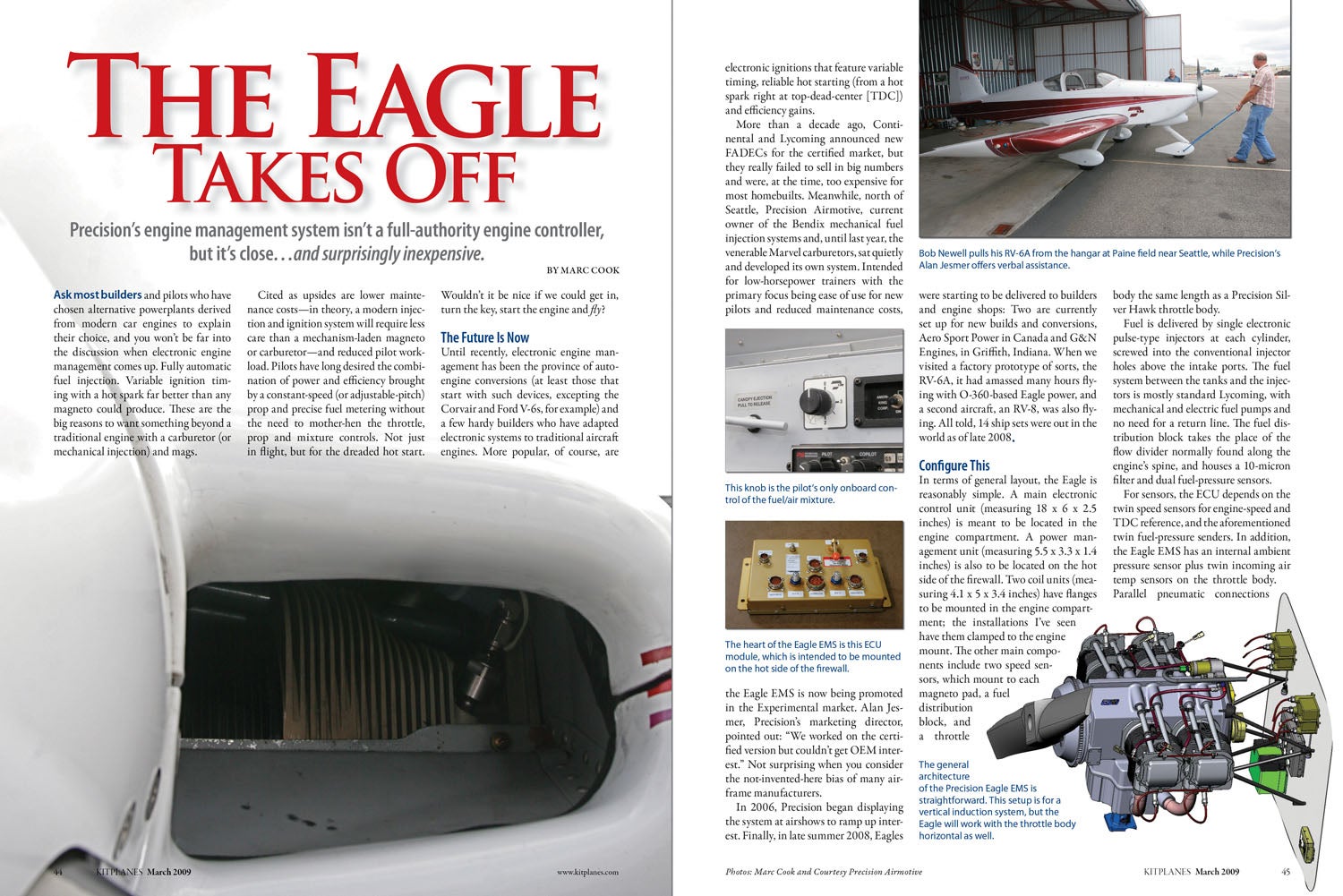 Just three months into our yearlong 25th Anniversary year, we had a thoroughly reworked and completely exciting ViperJet on the cover. Lucky Doug Rozendaal, having seen the airplane at Reno years before, finally got stick time in what he expected to be a raw, almost military execution of a personal jet. Instead of that, “I found an air-conditioned airplane with a glove leather interior and rosewood inlaid circuit-breaker panels.” After reaching a peak speed (actually, the highest test speed the aircraft had been subjected to) of 325 knots indicated (420 knots true), Rozendaal and demo pilot Greg Bennett pulled back to a more miserly power setting of 300 knots true at a mere 120 gallons per hour. Ah, the joys of the pure-jet J85 in the belly. Plans for a turbofan-powered ViperJet never materialized.
Just three months into our yearlong 25th Anniversary year, we had a thoroughly reworked and completely exciting ViperJet on the cover. Lucky Doug Rozendaal, having seen the airplane at Reno years before, finally got stick time in what he expected to be a raw, almost military execution of a personal jet. Instead of that, “I found an air-conditioned airplane with a glove leather interior and rosewood inlaid circuit-breaker panels.” After reaching a peak speed (actually, the highest test speed the aircraft had been subjected to) of 325 knots indicated (420 knots true), Rozendaal and demo pilot Greg Bennett pulled back to a more miserly power setting of 300 knots true at a mere 120 gallons per hour. Ah, the joys of the pure-jet J85 in the belly. Plans for a turbofan-powered ViperJet never materialized.

Two ads this month of interest. First was Garmin’s then-new GPSMAP 696, a large-format, fully featured GPS with XM WX weather capabilities and a multitude of pushbuttons, including five context-sensitive hot keys along the bottom. We didn’t know it then, but this would form the basis of Garmin’s first G3X Experimental EFIS. Lycoming’s new Thunderbolt engine division placed Mike Goulian’s Extra 300 in a bold repose and suggested that “If your idea of fun would make other pilots puke, then this is the engine for you.” Stay classy, you guys.
Following our annual engine directory in this issue—yes, we’ve been doing them since time began, or so it seems—we had a story on Precision Airmotive’s new Eagle EMS, an electronic fuel injection and ignition system for traditional aircraft engines. Precision had owned the Bendix mechanical fuel injection brand by that time and was eager to launch its product as the next generation of fuel delivery. As mentioned in the story, though, Continental and Lycoming had, in the decade before, launched fully electronic engine management (FADEC) but were not successful.

Even Precision, which was trying to entice airframe makers in the trainer market to adopt, had limited success, so the Eagle EMS was aimed at the Experimental market. It didn’t have much of a take rate there, either; and while there continue to be electronic injection and ignition systems for homebuilts today, their numbers are small compared to more traditional hardware.
The last installment in a build series—another something we’ve been doing a long time—saw Ken Scott and Ken Kruger’s one-off single-seat LSA, the KK-1, finally fly. The design, powered by a converted VW engine, was reasonably quick, “a little over 120 mph if you push it to 4 gph,” Scott noted in the story. “At 3 gph, it will cruise at just under 100 mph.” He summed up its flying qualities as “pleasant.”














